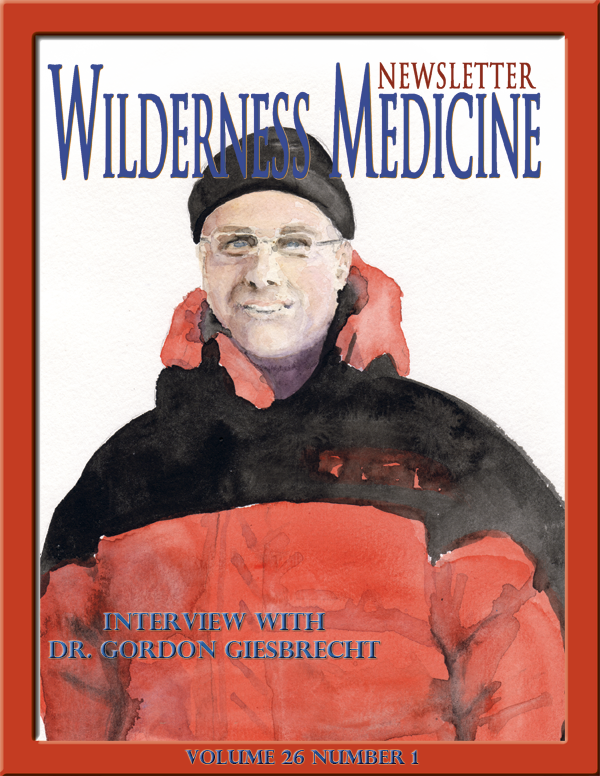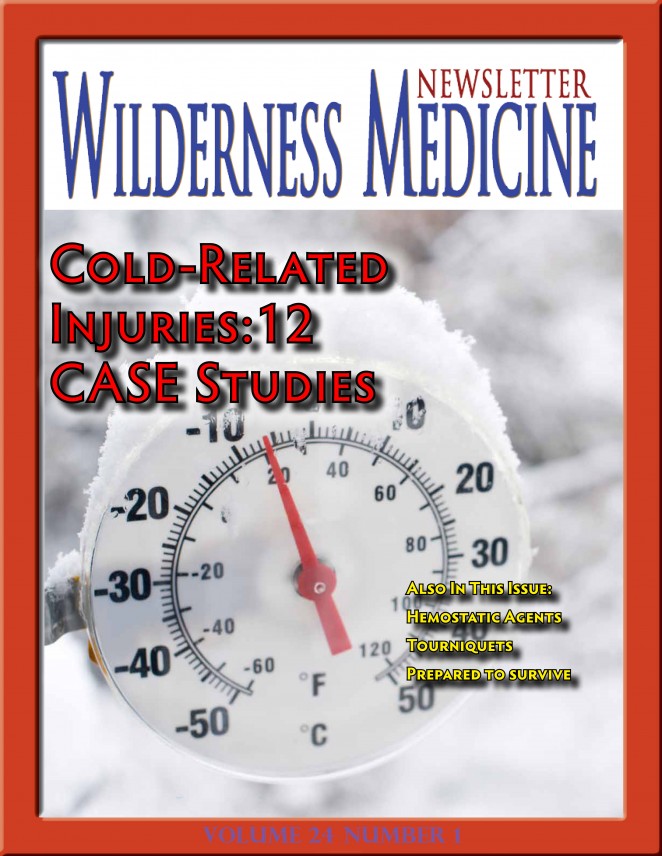Interview with Gordon Giesbrecht, PhD

ISSN-1059-6518
Gordon Giesbrecht, PhD is a professor of thermophysiology and the Director of the Laboratory for Exercise and Environmental Medicine at the University of Manitoba. He has authored over 100 articles on cold physiology. An excellent speaker and educator, considering the number of times he has been intentionally hypothermic, he also has a great sense of humor. He has been known to refer to the Alaskan Panhandle as “ U.S. occupied British Columbia.”
WMN: Was there an event in your personal life, or education, that sparked your interest in what happens to the human body when it begins to cool below our normal core temperature?
GG: Well, in the late 1970’s and early 80’s I was a wilderness instructor in the Rockies. Mountain climbing, rock climbing, white water canoeing, ski touring and stuff like that, and getting cold, or staying warm I should say, becomes very important when you are pursuing those activities. Then when I returned to Winnipeg to do a Masters at the University of Manitoba I found a physician named Gerry Bristow who was willing to provide medical oversight while we actually made people hypothermic. I didn’t think we would be able to do that and when I found out I thought I’d died and gone to heaven.
WMN: Dr. Hamlet has postulated for years that growing up in a cold weather environment changes how a person reacts to getting cold and their attitude about cold weather. In essence, if you grew up where it gets cold you more aware of the real dangers and less likely to be frightened of the cold. Do you share that assessment?



